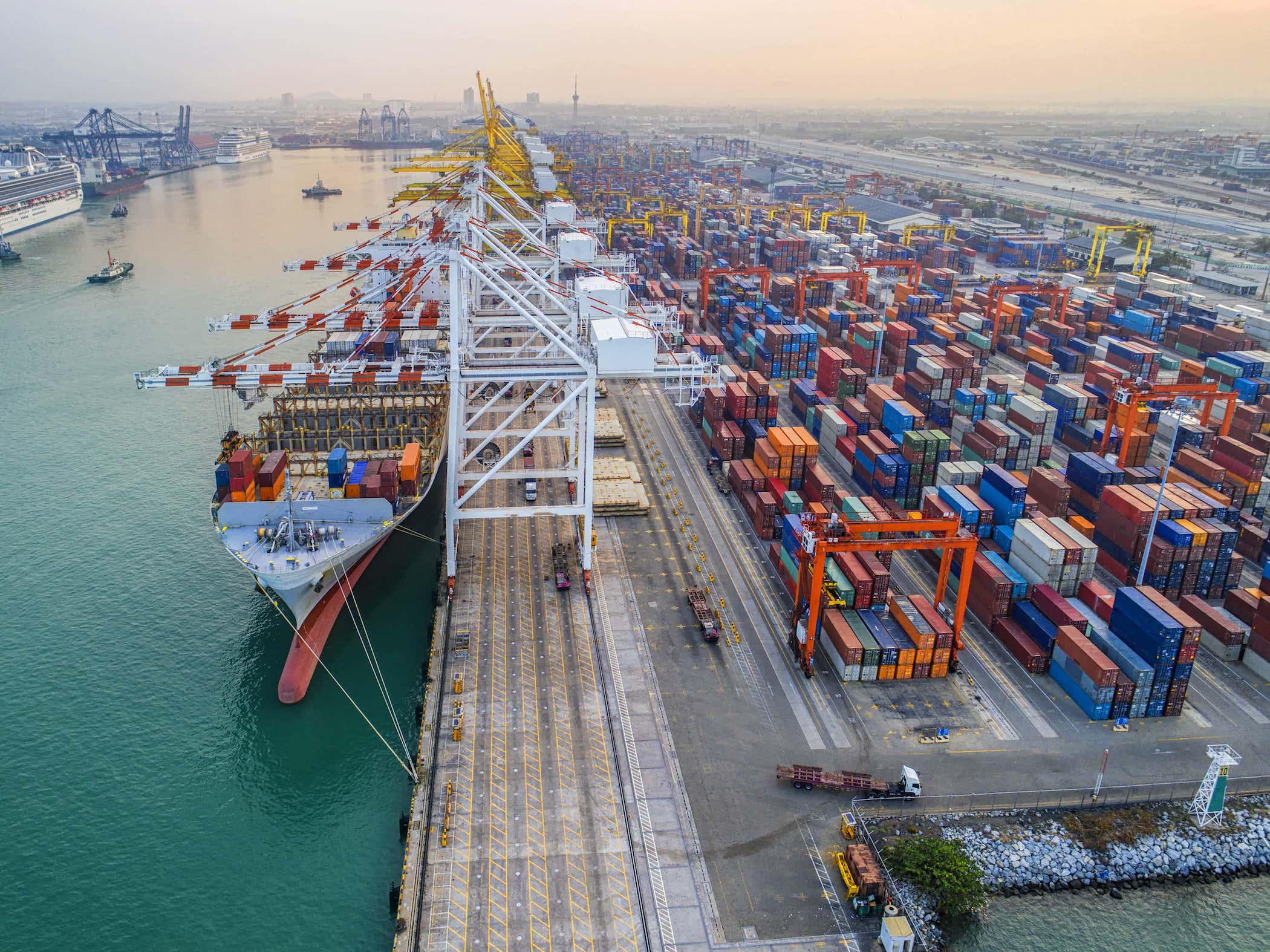In Focus Tarriffs

If 2017 lulled market participants to sleep, then the turbulent start to 2018 has been a wake-up call. Just when the dust seemed to settle on February’s bout of market volatility, investors are now contemplating the impact of a proclamation authorized on March 9th to impose 25% and 10% import tariffs on steel and aluminum respectively. Canada and Mexico are temporarily excluded contingent upon renegotiation of the North American Free Trade Agreement (NAFTA). The President stressed flexibility to adjust tariffs for specific countries and left the door open to more tariffs. This is sure to be a fluid issue and will take time to play out. We will monitor the situation to assess reactions from U.S. trading partners.
Key Points:
- President Trump has persistently concentrated on policies aimed to incentivize corporations to invest domestically. In January 2017, President-elect Trump proposed a Border Adjustment Tax (BAT) that was eventually scrapped. Four days after his inauguration, President Trump met with executives from the big three U.S. automakers to discuss how to bring automotive manufacturing jobs to America and discourage outsourcing from Mexico. At that time, President Trump threatened to impose a 35% tariff on imported vehicles, also eventually scrapped.
- Weak U.S. dollar policy could be an alternative to tariffs. Immediately following his meeting with President Trump, Ford CEO Mark Field told reporters “the mother of all trade barriers is currency manipulation.” Treasury Secretary Steven Mnuchin echoed this sentiment at the World Economic Forum in Davos in January 2018 saying a weaker dollar would benefit the country. The administrations’ message is clear: one way or another, they will push for increased global competitiveness.
- Motivation to impose tariffs lies in the details, namely leverage in trade negotiations. The threat a global trade war may induce weak dollar policy tolerance is not unprecedented. A similar outcome emerged from the 1985 Plaza Accord. Tariffs could provide leverage to renegotiate existing trade deals, such as NAFTA, with other trading partners.
- Initial reactions and what to expect next. ECB President Draghi downplayed the short-term impact of tariffs at the March ECB meeting this week. However, China’s policymakers promised a ‘justified and necessary’ response to the new tariffs.
- Proposed tariffs should have a limited impact on global markets currently fueled by improved global growth trends. Since approximately 30% of S&P 500 revenues come from international sales, an increase in protectionist policies across the globe would likely weigh on U.S. large-cap stocks, however, we are not seeing this at the moment. European leaders have proposed retaliatory tariffs on imports of U.S. bourbon and Harley Davidson motorcycles. The earnings growth outlook for export-led economies, particularly emerging markets, could also be reset lower if a global trade slows as a result of protectionist policies. Since tariffs generally result in domestic higher prices, inflation could tick higher and potentially impact U.S. consumers.
If you have questions, we can help. We offer a no-obligation first consultation. You can schedule your appointment today by calling us at 216.521.1711, emailing us at Quarterback@Lineweaver.net, or by clicking here.
Securities offered through Triad Advisors, LLC, member FINRA/SIPC. Advisory services offered by Lineweaver Wealth Advisors, LLC. Lineweaver Wealth Advisors, LLC, is not affiliated with Triad Advisors, LLC.


 Virteom
Virteom